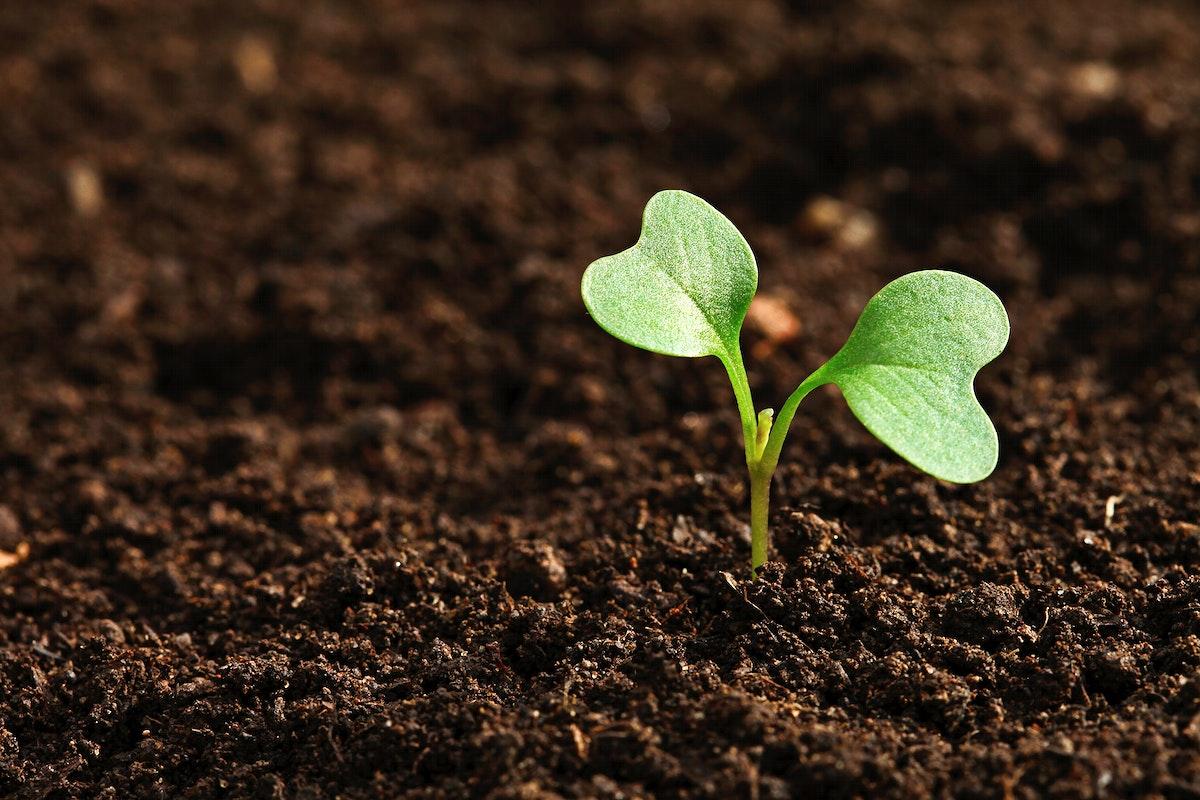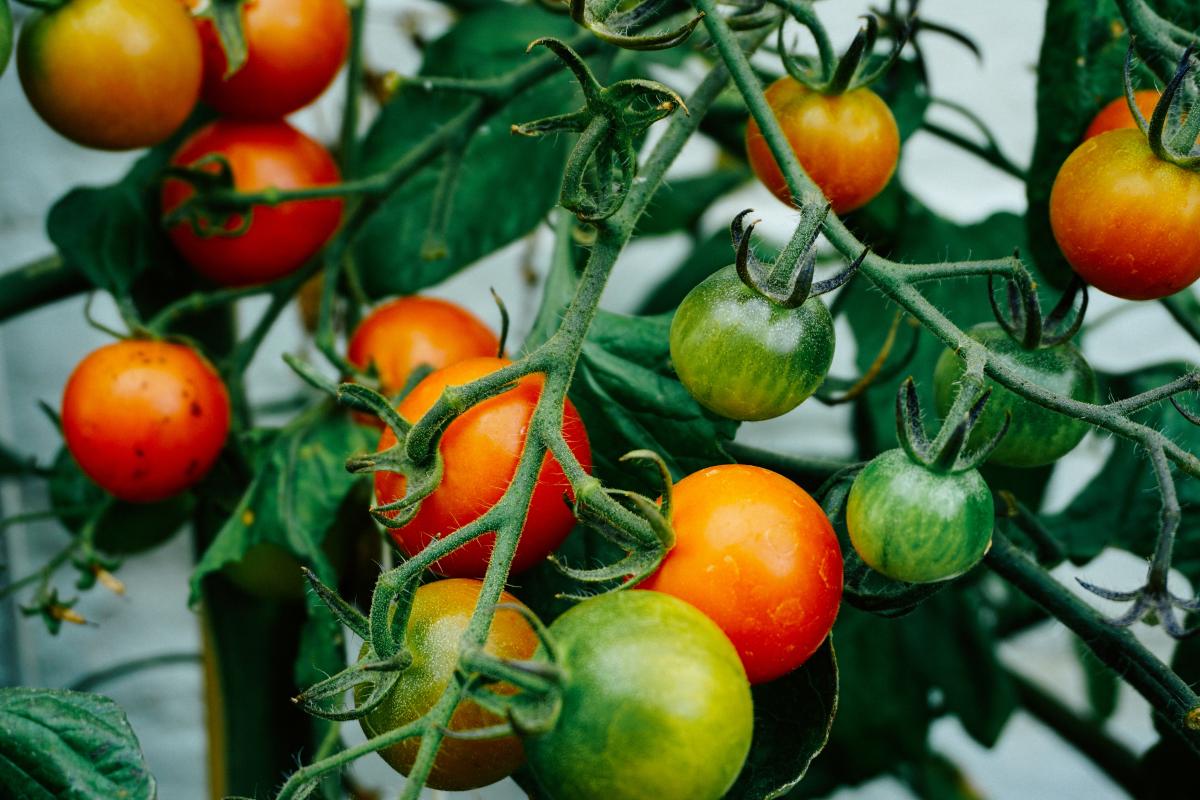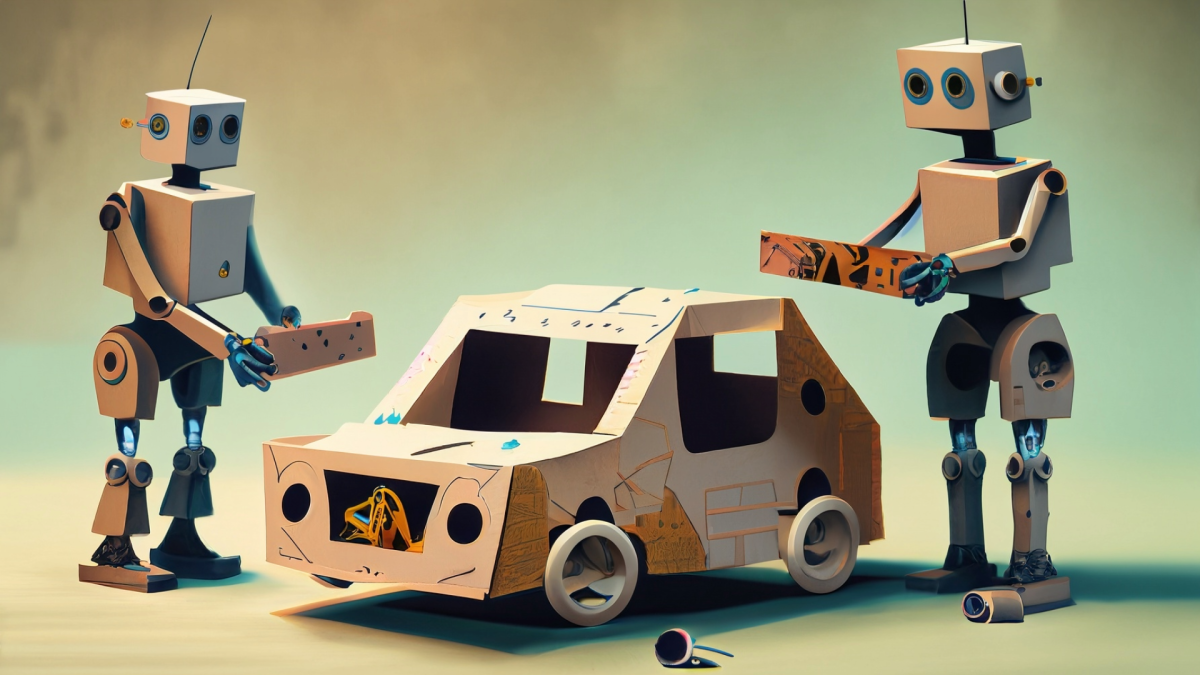
Solutions to School Waste Part 3
Students will continue their investigation into school waste by exploring the area provided for a composting. Students will measure to find the volume of the three compost spaces. They will then decide using information from what they learned about composting, the data collect on school waste, and time if this area is feasible.
Lesson Plan Link/URL
https://docs.google.com/presentation/d/1GxHaT6vKWnMK7nDv606fflP4SOQK3Buy/edit?u…Subject Area
Engineering S3: Apply Mathematics to Engineering S7: Apply Project Management to Engineering Mathematics Measurement and Data (MD)Related Content

Students will understand that humans can control their environment. Students will investigate the effects of different pruning methods on cherry tomato plant growth and fruit production.

Students will use the projects from lessons 2 and 3 to analyze the data of the electric cars they made. They will identify the variables in their cars and plan improvements to their designs.

This lesson uses the knowledge of circuits (lessons 1 and 2) to make a battery-powered car. We used a tutorial from Tinkercad and designed our own body of a car. Then, I printed their cars. They